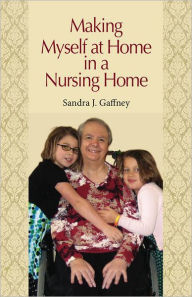Adult Physical Conditions : Intervention Strategies for Occupational Therapy Assistants
by Amy J. Mahle
2020-07-22 20:44:10
Adult Physical Conditions : Intervention Strategies for Occupational Therapy Assistants
by Amy J. Mahle
2020-07-22 20:44:10
Content aligns with the Accreditation Council for Occupational Therapy Education (ACOTE) standards and the Occupational Therapy Practice Framework: Domain & Process, 3rd Edition (OTPF-3). Specidally, Instructors ma specifically as...
Read more
- Content aligns with the Accreditation Council for Occupational Therapy Education (ACOTE) standards and the Occupational Therapy Practice Framework: Domain & Process, 3rd Edition (OTPF-3). Specidally, Instructors ma specifically ask if it aligns with SECTION B in the ACOTE standards related to CONTENT REQUIREMENTS for an OTA program
- "Evidence-Based Practice," highlights recent research articles relevant to topics in each chapter, reinforcing the evidence-based perspective presented throughout the text.
- "Putting it all Together: Sample Treatment and Documentation" connects what students are learning in the classroom and the lab to what they will actually do with a real client-illustrating the clinical reasoning process by providing a list of the tasks/activities performed in the first treatment session, along with corresponding goals, and rationales for selecting each task, followed by sample documentation written in the traditional SOAP note format and then asking the student to create two treatment sessions and to write a corresponding SOAP note for each.
- "Technology & Trends" shows how common technologies may be used in unique ways, as well as to introduce technologies that are not yet commercially available.
- Client examples provide context for how the conditions impact function and how to consider the person when doing an intervention.
- Photographs and line drawings make concepts easy-to-understand and easy-to-follow.
- "Case Studies" based on real-life examples illustrate important learning points and feature questions to develop critical-thinking skills.
- Review questions at the end of each chapter offer practice with certification-style questions.
Less































